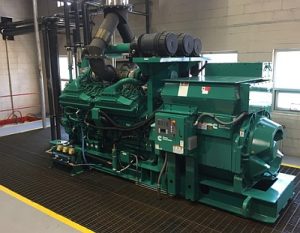
A project to improve the water distribution system in the southern Dickinson County City of Hope was completed earlier this year. New waterlines were installed and the water tower was painted and repaired.
Having a safe and dependable water system is necessary for any community. The City of Hope recently completed a project to improve its water distribution system that will benefit current and future residents for many years.
Like many rural communities across Kansas, the City of Hope was faced with an aging water distribution system. The original system in Hope was made up of cast iron pipe that was installed in 1916. Improvements had been made over the years as needed. However, maintenance was becoming increasingly difficult and expensive due to the age and condition of the system. Line breaks were frequent and water loss high.
Recognizing the substantial cost involved with replacing the existing cast iron water mains, the city explored possibilities for funding assistance. In 2018, the city was awarded a $600,000 grant through the Small Cities Community Development Block Grant Program (CDBG). The CDBG program is administered by the Kansas Department of Commerce. The city also provided a substantial project match of nearly $1.2 million, which it secured through a USDA Rural Development loan.
The project included the installation of approximately 23,200 lineal feet of new PVC water mains, 5,600 lineal feet of water service lines, as well as new valves, fire hydrants, and an updated metering system. Water tower painting and upgrades were also completed.
NCRPC staff provided project planning assistance and administration. Other key partners involved with the project include general contractor J & K Construction LLC and project engineer BG Consultants, Inc.
Since project completion earlier this year, the city has experienced lower water loss and fewer issues. “It has been a positive change and it was way overdue,” Mayor Larry Ryff said. “The community seems very thankful and happy that there has been less interruptions with the new system.”
Ryff has advice for other communities considering options for their own water improvement projects. “You definitely need determination and patience with the process,” Ryff said. “Infrastructure is a very important component to any community.”
For more information about the funding sources used for this project or to discuss a project funding need, contact the NCRPC Community Development staff.
There are many great things happening in North Central Kansas. The Project Spotlight series features projects around the region to share ways communities have solved challenges. To view more Project Spotlights, visit https://www.ncrpc.org/tag/project-spotlight/.
This article appeared in the November 2020 NCRPC Newsletter.

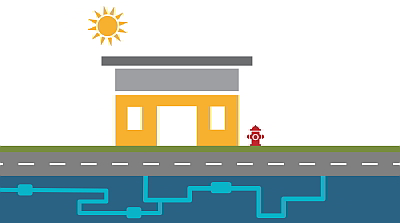

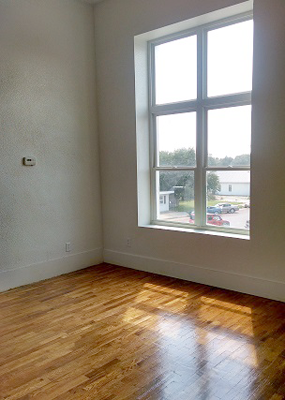
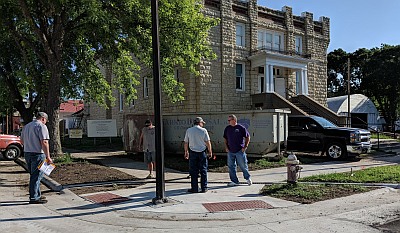
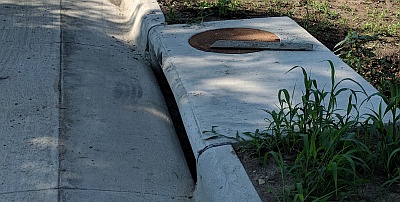
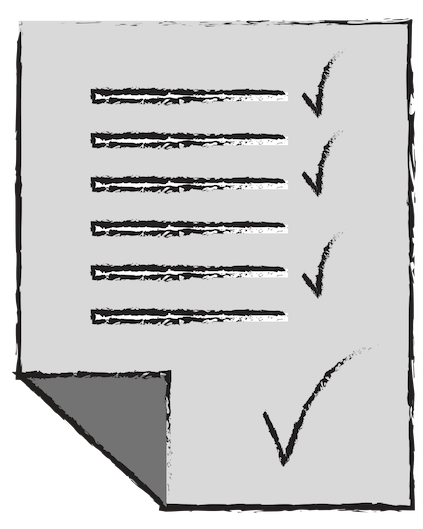 The Community Development Block Grant (CDBG) program requires that each CDBG funded activity must either benefit low- and moderate-income (LMI) persons (at least 51% LMI), prevent or eliminate slums or blight, or resolve an urgent need where local resources are not available to do so.
The Community Development Block Grant (CDBG) program requires that each CDBG funded activity must either benefit low- and moderate-income (LMI) persons (at least 51% LMI), prevent or eliminate slums or blight, or resolve an urgent need where local resources are not available to do so.